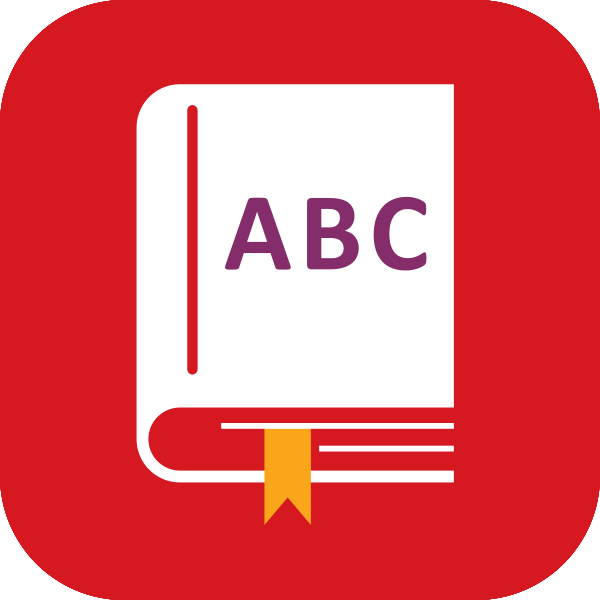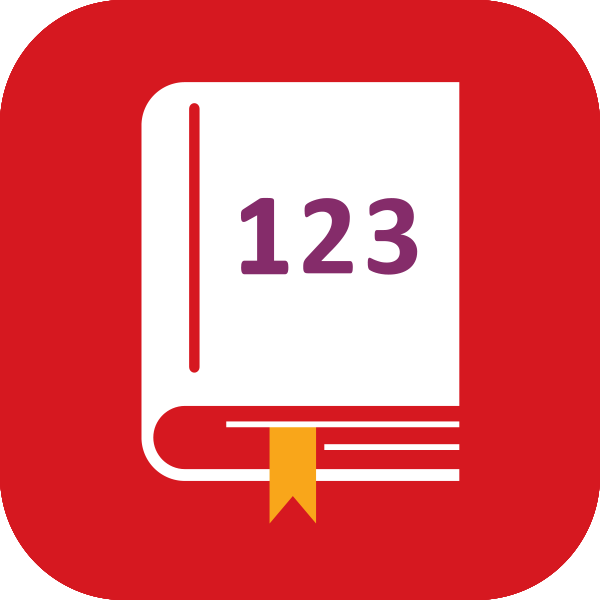“ ”
Garry explains how GL Assessment’s Cognitive Abilities Test (CAT4), Progress Test in English (PTE) and Progress Test in Maths (PTM) help: “It’s of paramount importance for us to keep the achievements of our pupils as the focus of all we do, so we rely on good, robust assessments to complement the judgements our teachers make.
“We’ve been using PTE and PTM since their introduction two years ago and CAT4 for twelve years. In addition, we have been using other tests from GL Assessment for much longer than that. Accordingly, we have a high degree of confidence in their accuracy due to personal experience of their use. “
Garry also highlighted, “Over the years, we have noticed that the number of other primary schools using PTE, PTM and CAT4 has increased significantly and it is obvious from professional discussions with other principals and assessment co-ordinators that other schools are utilising these assessment tools in increasingly sophisticated ways. Without doubt there is a genuine professional confidence in the outcomes from GL Assessment’s data.”
Ensuring all pupils are on the correct learning bus
PTE assesses a pupil’s reading and writing ability, while PTM assesses a pupil’s mathematical skills and concepts. Both are suitable for children from age 6 years. The age range that the assessments cover enable schools to gauge children’s performance and progress from their first days in primary school so that a solid baseline can be established.
“We like the detailed information we gain from themes across the curriculum and the fact we can get question-by-question feedback, so we know which areas are tripping children up,” explains Garry. “We are also able to compare the children’s performance against national performance, which helps us keep their progress on track.
“As professionals we recognise that most teachers spend most of their teaching time at a group level with different pupil groups progressing along the curriculum at a slightly different pace. In order to provide teachers with the best quality information to support this progress we always request the assessment feedback at the group level. This has definitely improved our diagnostic analysis and target setting processes, but it has not diminished our access to the individual level data.”
The school currently assesses the pupils in October and May each year. “Immediately after each assessment is completed, I ask my staff which areas have been flagged up for pupils and which skills we need to develop,” Garry says. “We then look at what targets we need to set, and what strategies need to be put in place to ensure these are met. These targets are built into both our staff and whole school development plan.
“The SLT values our teachers’ professional opinions so we also ask them if the outcomes from PTE and PTM match their professional judgement. The fact that only once out of all the years we have been using these assessments did someone say ‘no’ demonstrates one of the reasons why I am so confident that the results from these tests are accurate.”
“ ”

“ ”
Targeting issues
One of the most significant benefits of assessing in this diagnostic manner at a group level is that it is very easy to identify any anomalies in anticipated progress and address these quickly. This academic year, for example, the school is addressing an issue that became apparent in May 2016 in only the middle ability and upper ability groups in literacy.
“In these groups, we noticed that a small number of pupils were scoring at a stanine level below what we would have anticipated for their ability group,” Garry explains. “On closer analysis, we identified the specific aspects (complex inference and authorial technique) that the targeted pupils needed to develop in order to increase their stanine performance to a level that corresponds with their ability group. Such specific targets then enabled the implementation of specific strategies and resources to address the targeted need.”
“Such effective use of the assessment tools inevitably leads to the creation of targeted action plans and a staff development programme that permits a clear whole school drive in areas that will bring maximum benefit to our pupils.”
The benefits of CAT4
The CAT4 assessment provides a comprehensive profile of a child’s underlying ability in four distinct areas (verbal, non-verbal, spatial and quantitative reasoning). By combining CAT4 data with PTE and PTM scores, teachers at Holy Family are able to quickly find which children are underperforming.
“CAT4 gives us a robust and reliable measure of ability. There’s a tangible difference between low-attaining children and those not fulfilling their potential, and we want to start by addressing the latter.
“We look for pupils with a difference of more than 10 marks between their CAT4 quantitative scores and PTM performance and the same variance in the CAT4 verbal scores and PTE. These children will then join our additional support groups and will be given more individual support. Of course, if we don’t have many underperforming children, then we focus on driving up low attainment.”
Literacy and Numeracy
Garry passionately believes that, given the high percentage of FSM children on the register, it’s essential the school delivers good outcomes in reading, writing and mathematics. “After primary school, a child’s ability to access the curriculum – and indeed good opportunities in life – is based on solid numeracy and literacy skills so this has to be our priority. We make this explicitly clear to parents, inspectors and our local community.
“Our teachers have a good degree of freedom, but the focus on maths and English often informs the choices they make. For example, if a teacher is faced with deciding between fully covering a concept in maths or teaching another area of the curriculum, they know maths comes first. Numeracy and literacy are our core business.”

“ ”

Conclusion
At Holy Family PS, combining hard data from PTE, PTM and CAT4 assessment with the ‘soft’ data from teacher judgement helps to ensure that no child falls through the net.
“My advice to other schools is to establish a robust assessment framework that combines the hard, independent assessment data that PTE, PTM and CAT4 deliver with the soft data delivered via teachers’ professional judgement. This secures a holistic overview that facilitates ongoing interventions at the point of need. Through such an approach, the likelihood of supporting all pupils is maximised.”
Garry has been impressed with the richness and depth of data from GL Assessment’s tests. “The quality is superb and it supports us with our ongoing efforts to secure the best possible outcomes for all our pupils. Indeed, the quality of the CAT4, PTE and PTM outcome data has been so beneficial, that we, as a SLT, have invested in the Complete Digital Solution (CDS) from GL Assessment and have begun using their PASS attitudinal survey, their on-entry Baseline assessment and their Dyslexia Screener to ensure that we cater effectively for every pupil and enable them to fulfil their full potential.”
Further information about Holy Family and their use of GL Assessment outcomes for action planning can be found at www.holyfamilyps.com



